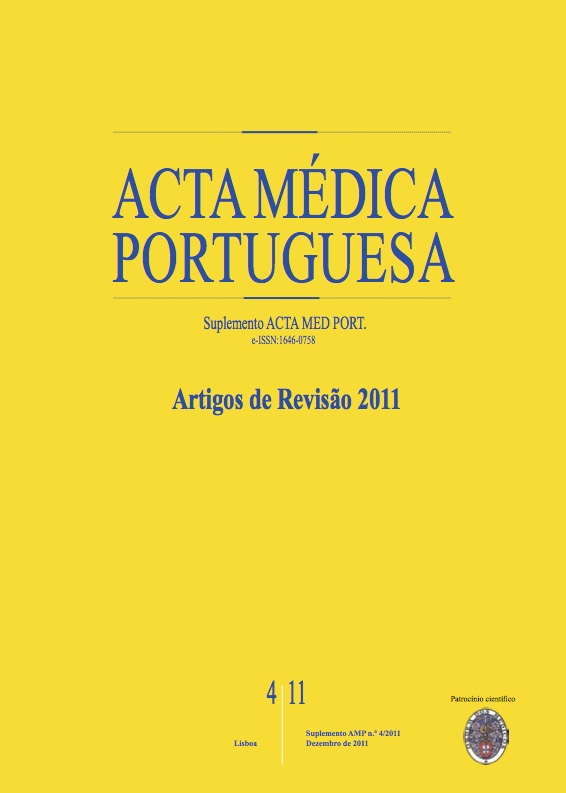Preservação da fertilidade na mulher com doença oncológica.
DOI:
https://doi.org/10.20344/amp.1582Resumo
Every patient with a cancer diagnosis should be informed about the impact the disease and its treatment have in her future fertility. Several strategies have been implemented with the purpose to overcome the issue of follicular depletion associated with the chemotherapic agents. When possible, cryopreservation of embryos, either isolated or associated to other procedures, is the technique that presents more scientific evidence and the best pregnancy rates. Other procedures, more experimental, could be proposed in the setting of clinical studies and allways after informed consent. This is the case of cryopreservation of ovaric tissue, the use of GnRH agonists and the cryopreservation of oocytes. Finally some emerging techniques like in vitro maturation of oocytes, anti-apoptotic drugs that protect the gonadals from the toxicity of chemotherapy or the use of stem cells to improve the ovarian reserve, can in the future have a place in oncofertility preservation. In patients with breast cancer the technique that shows better outcomes continues to be the cryopreservation of embryos after a protocol of follicular stimulation allied to the aromatase inhibitors with lower levels of plasmatic stradiol. Children are a special group in which the options are limited, being the cryopreservation of ovaric tissue the most promising strategy although still constitutes an experimental technique. Further randomized clinical trials are necessary with the aim of assessing the efficacy and security profile at long term of these procedures.Downloads
Downloads
Como Citar
Edição
Secção
Licença
Todos os artigos publicados na AMP são de acesso aberto e cumprem os requisitos das agências de financiamento ou instituições académicas. Relativamente à utilização por terceiros a AMP rege-se pelos termos da licença Creative Commons ‘Atribuição – Uso Não-Comercial – (CC-BY-NC)’.
É da responsabilidade do autor obter permissão para reproduzir figuras, tabelas, etc., de outras publicações. Após a aceitação de um artigo, os autores serão convidados a preencher uma “Declaração de Responsabilidade Autoral e Partilha de Direitos de Autor “(http://www.actamedicaportuguesa.com/info/AMP-NormasPublicacao.pdf) e a “Declaração de Potenciais Conflitos de Interesse” (http://www.icmje.org/conflicts-of-interest) do ICMJE. Será enviado um e-mail ao autor correspondente, confirmando a receção do manuscrito.
Após a publicação, os autores ficam autorizados a disponibilizar os seus artigos em repositórios das suas instituições de origem, desde que mencionem sempre onde foram publicados e de acordo com a licença Creative Commons









